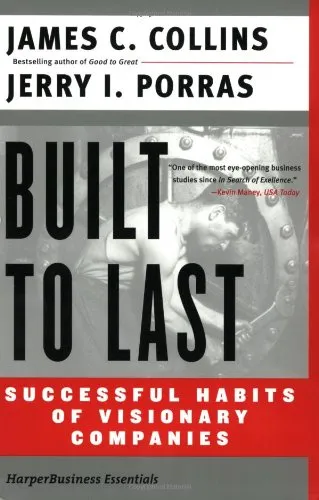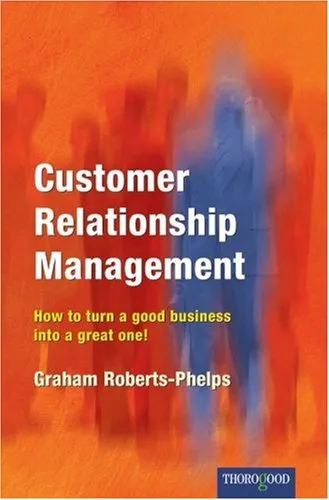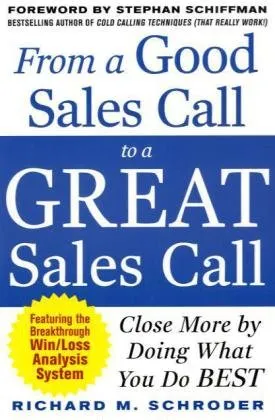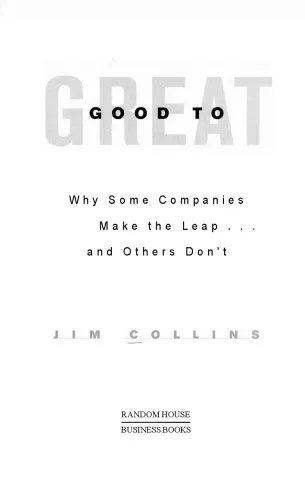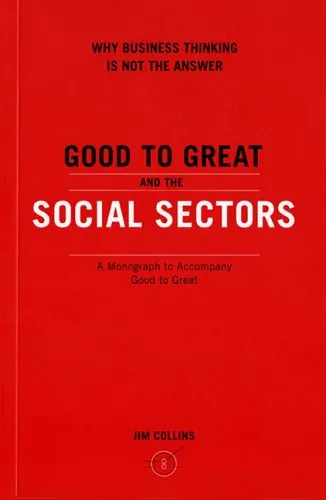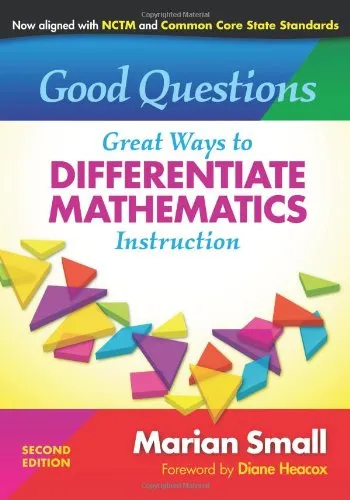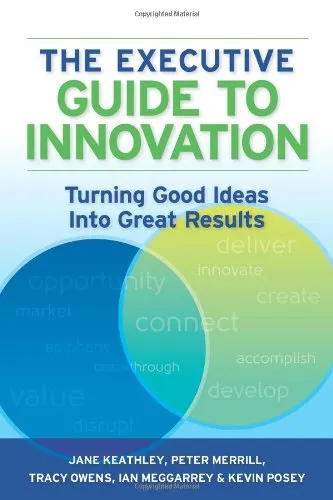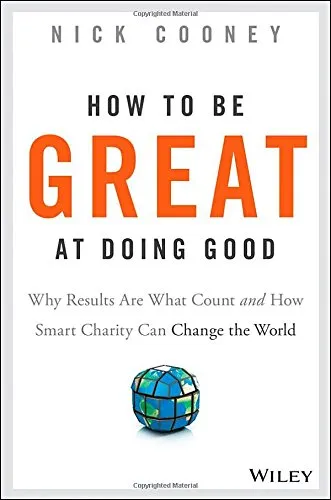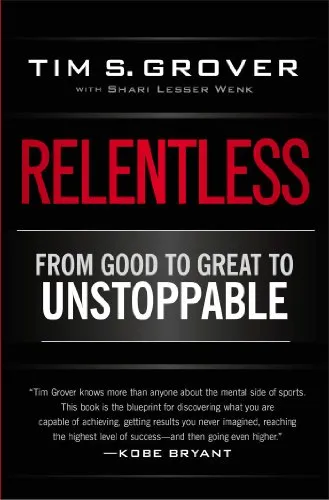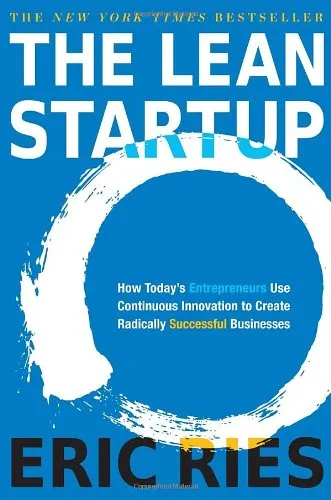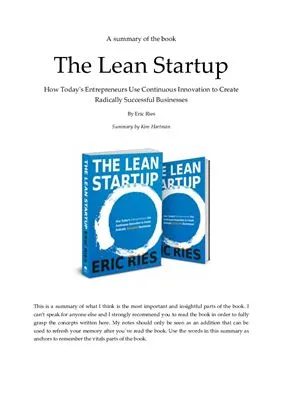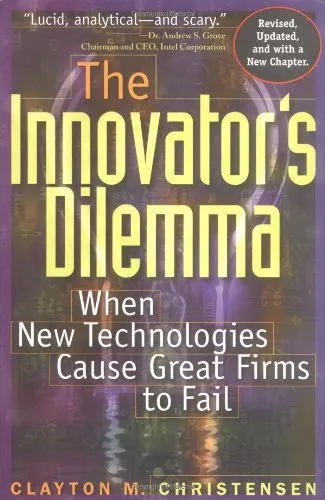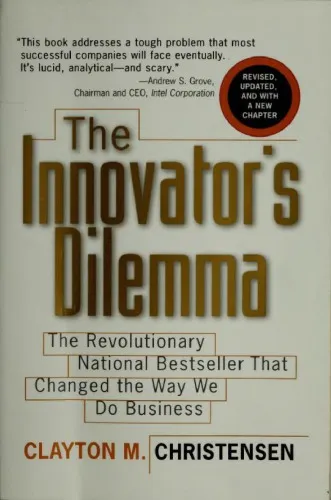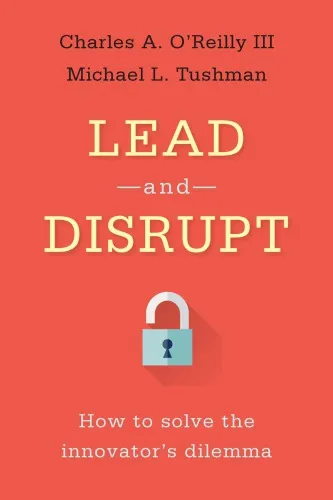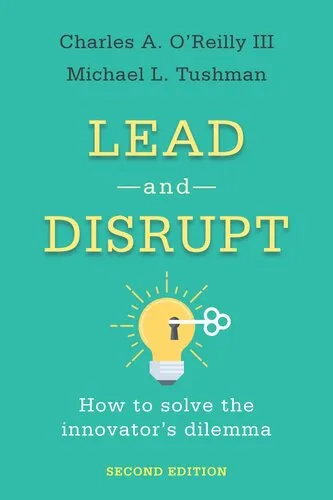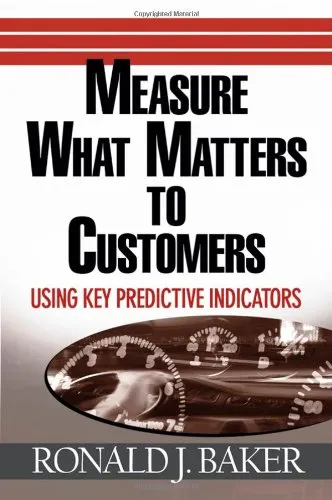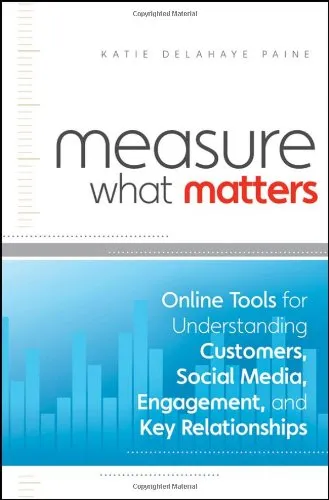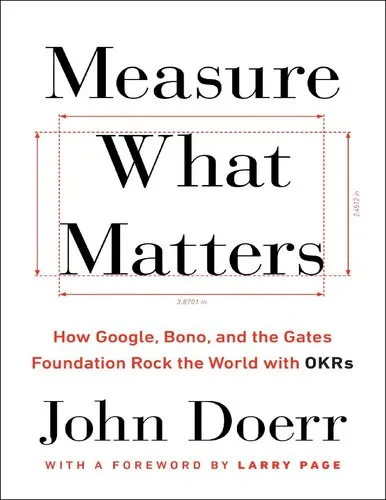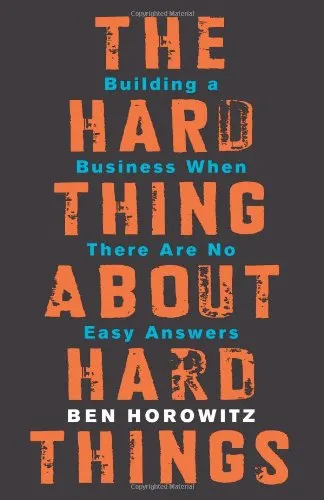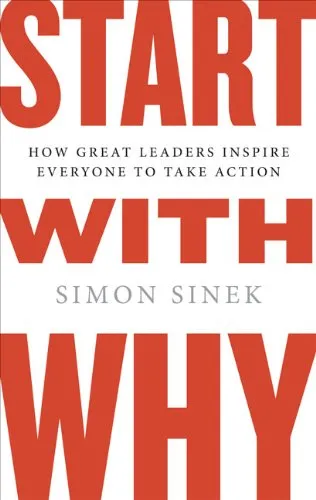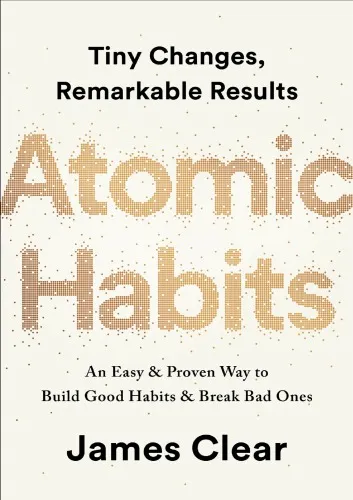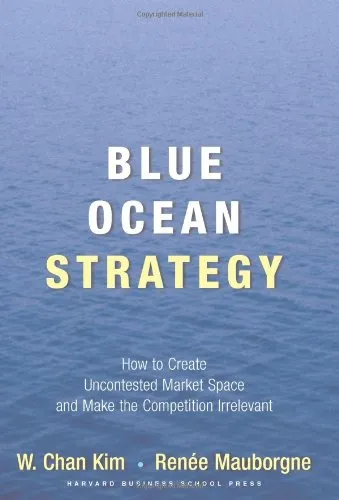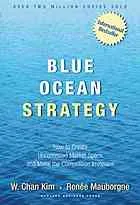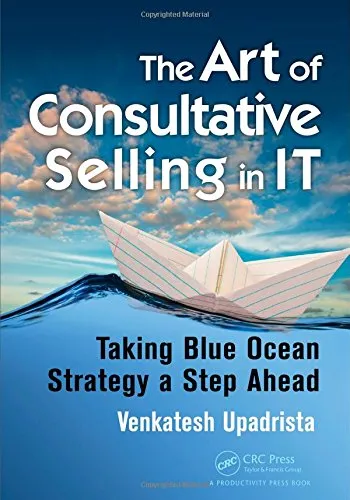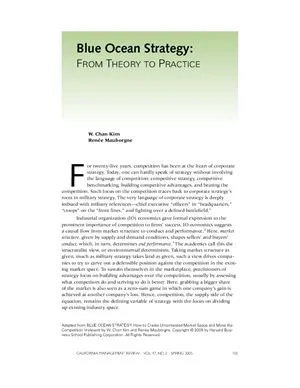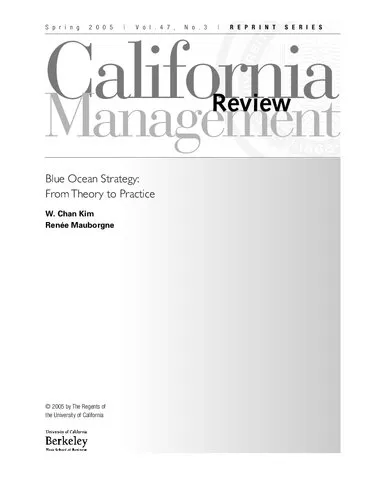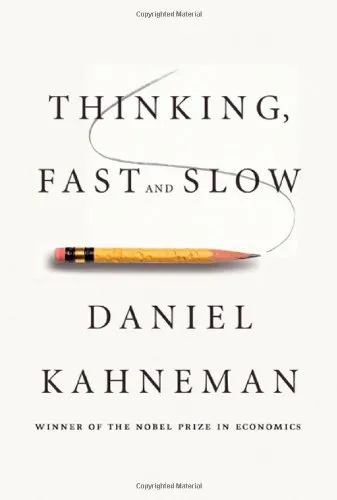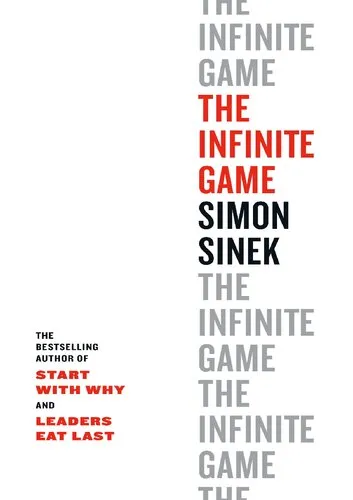Built to last: successful habits of visionary companies
4.5
Reviews from our users

You Can Ask your questions from this book's AI after Login
Each download or ask from book AI costs 2 points. To earn more free points, please visit the Points Guide Page and complete some valuable actions.Related Refrences:
Introduction to "Built to Last: Successful Habits of Visionary Companies"
Published in 1994, "Built to Last: Successful Habits of Visionary Companies" by James C. Collins and Jerry I. Porras delves into the underlying reasons why some companies endure and thrive across multiple generations while others fade away.
Detailed Summary of the Book
In "Built to Last," Collins and Porras embark on a six-year research project at the Stanford University Graduate School of Business, reportedly comparing visionary companies to their less successful competitors. The authors establish what they define as visionary companies: iconic institutions that are widely known for transforming their industries and societies over several decades. Examples include industry giants like 3M, IBM, and Procter & Gamble.
The essence of the book resides in revealing the consistent patterns and methodologies these companies employ to ensure sustained success. Contrary to popular belief, Collins and Porras note that visionary companies are not driven solely by visionary leaders. Instead, these companies adopt a method of preserving their core ideologies while simultaneously encouraging progress and innovation. The duality of maintaining a stable core ideology while being open to change forms the bedrock of these companies’ long-term achievements.
Key Takeaways
- Core Ideology: Visionary companies hold deeply ingrained core values and purposes that do not change, yet they remain open to modifying their practices in order to achieve progress.
- Big Hairy Audacious Goals (BHAGs): Ambitious and daunting goals that serve to galvanize employees across the company.
- Try a Lot of Stuff and Keep What Works: These companies promote experimentation, viewing failures as opportunities for learning and growth.
- Homegrown Management: A significant factor is the cultivation of talent from within the organization rather than constantly seeking external hires for top positions.
- Clock Building, Not Time Telling: These companies focus on building mechanisms and organizational structures that will ensure enduring success, beyond just having a visionary leader.
- Good Enough Never Is: Continuously improving and striving for better is a practice embedded deeply within these companies.
Famous Quotes from the Book
"Visionary companies make some of their best moves by experimentation, trial and error, opportunism, and—quite literally—accident."
"The critical question is not whether you’ll experience difficulties, but how you’ll respond to them."
Why This Book Matters
"Built to Last" does more than just dissect the anatomy of success; it offers a blueprint for institutions aspiring to endure through uncertain times and market shifts. Unlike other business books that may focus on transient or fad strategies, Collins and Porras provide a timeless framework suitable for any era. This framework is structured on a disciplined dual strategy: maintaining fervor for a company’s core ideology while also having the flexibility to adapt to changes.
The enduring relevance and popularity of "Built to Last" underscore its value as a crucial resource for business leaders, entrepreneurs, and management professionals striving to understand what constitutes a lasting, impactful company. Through its rigorous research and insightful narrative, the book illuminates not only the DNA of longstanding success but also inspires businesses and individuals to align with practices and philosophies that transcend generations.
Free Direct Download
You Can Download this book after Login
Accessing books through legal platforms and public libraries not only supports the rights of authors and publishers but also contributes to the sustainability of reading culture. Before downloading, please take a moment to consider these options.
Find this book on other platforms:
WorldCat helps you find books in libraries worldwide.
See ratings, reviews, and discussions on Goodreads.
Find and buy rare or used books on AbeBooks.
1558
بازدید4.5
امتیاز0
نظر98%
رضایتReviews:
4.5
Based on 0 users review
Questions & Answers
Ask questions about this book or help others by answering
No questions yet. Be the first to ask!
